How To Read Piano Sheet Music in 1 Day
In the early stage of learning piano, reading sheet music is often the hardest part for kids. Just forcing them to learn by the traditional method with heavy texts doesn’t work.
Today, our guest Neil from Sublimelody brings us new creative ways to teach kids to read sheet music in a day.
Let’s dive in.
1. The Pitch and Piano Keyboard
The first thing we have to teach kids is about the pitch names of notes and their corresponding keys on the piano keyboard.
The Pitch Names of Notes
The pitch is the quality of sounds considering as “higher” or “lower” in musical melodies.
And the 7 pitch names of notes are:
- C D E F G A B (in English-speaking and Dutch-speaking world)
- Do Re Mi Fa Sol La Si (in the rest of the world)
Here is the correspondence between these two naming methods:
C (Do) – D (Re) – E (Mi) – F (Fa) – G (Sol) – A (La) – B (Si)
CDEFGAB is more convenient when learning piano and Do Re Mi Fa Sol La Si is more suitable for singing.
So, from now and then, we will use the CDEFGAB naming to call the pitch of notes.
Now, let’s see where are CDEFGAB on the piano keyboard.
Piano Notes and Keys
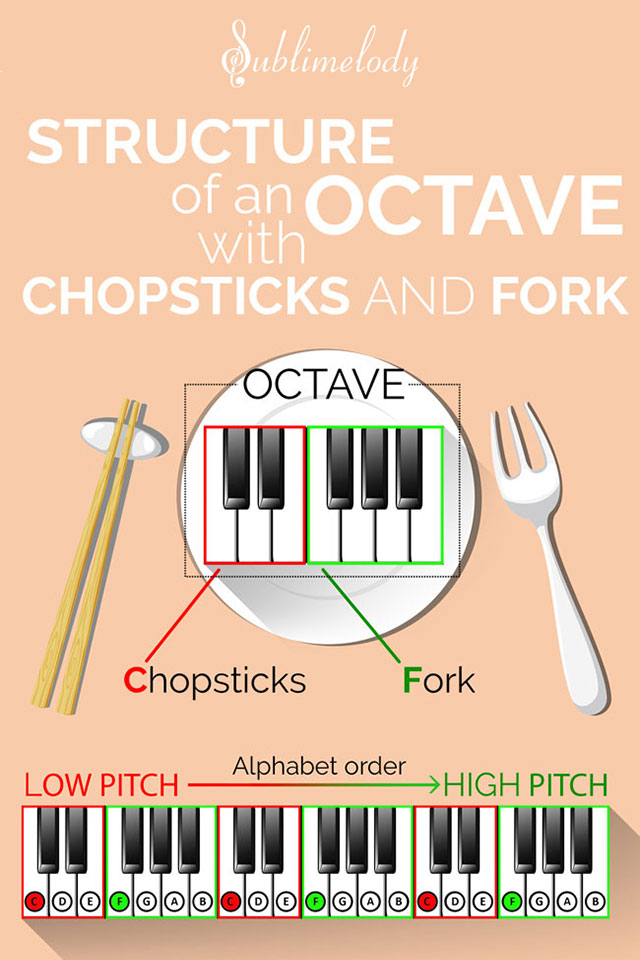
A piano keyboard consists of many octaves (7 to be exact).
Each octave is a group which has 7 white notes and 5 black keys.
The 2 black keys on the left side are like Chopsticks and the 3 black keys on the right side are like a Fork.
So, we will have the first white key of the “Chopstick group” is C and the first white key of the “Fork group” is F.
To name other keys, just count from left to right by the order of the alphabet!
Okay, our kids know the 7 pitch names of notes and their corresponding piano keys.
Let’s move to the pitch on the sheet music.
Piano Notes Chart
This is a complete chart showing the connections between musical notes and their corresponding piano keys.
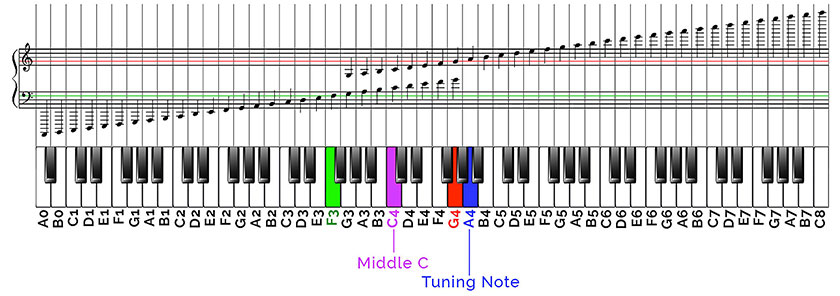
Of course, kids can’t remember this whole chart. Let’s rotate the sheet music 90-degree clockwise:
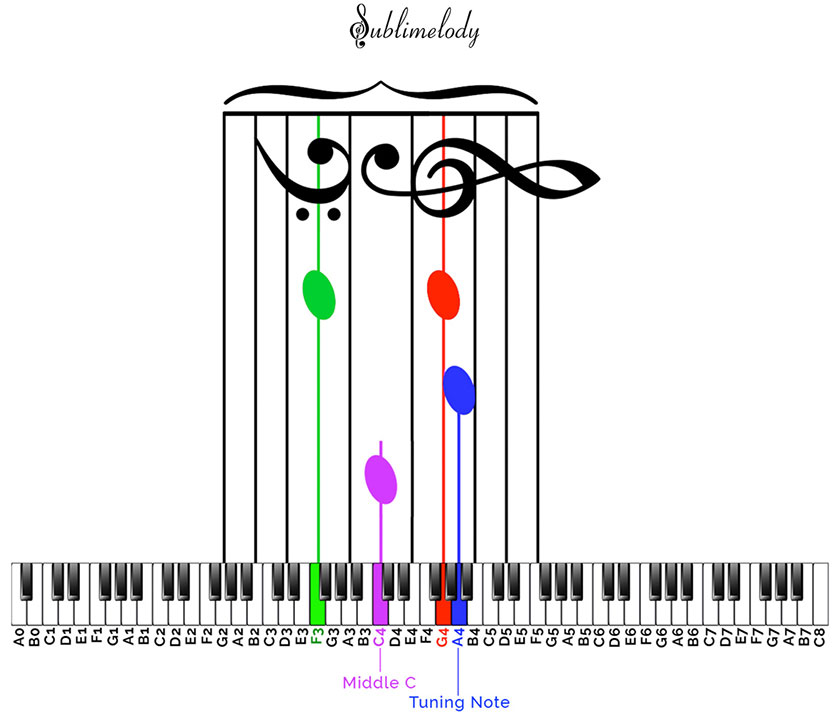
Now, I bet you can see it better: Each note will lie either on a space or a line.
To learn more thoroughly about how to read piano notes and keys, click here to visit the original guide (you will know all about the staff, grand staff, treble clef, bass clef and more).
2. Duration and Rhythm
Each note will represent not only the pitch but the duration. You can easily understand this concept by watching the video below:
3. Fingering
Now, kids know about the pitch of notes, where are they on the keyboard, and the duration of each note.
Just one step left: Choose the right fingers to press the right keys!
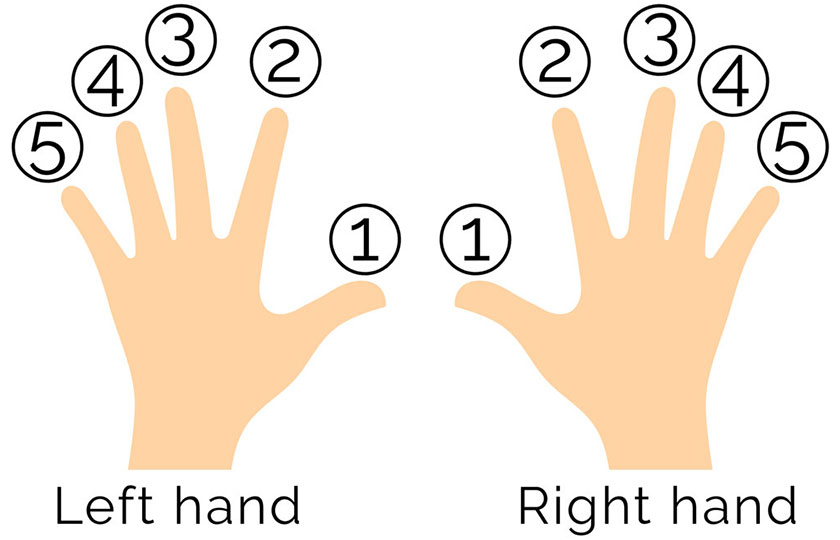
The picture above shows you how each finger is labeled.
A sheet music for kids always has the number on the notation to help them know which finger to play keys.
Please note that it’s extremely important to follow the fingering on the sheet music strictly.
Otherwise, kids will play with whichever finger they want. It will lead to bad forming and strength development of their fingers, thus limit their performing ability.
Bringing All Things Together!
The order: pitch, duration, and fingering is also the 3-step when reading sheet music!
- First, kids need to read and remember all the pitch of notes of some measures on the sheet music.
- Second, they will read the duration and pitch simultaneously and smoothly.
- After familiarizing with the pitch and duration, they will choose the fingers to play the notes by following the instruction on the sheet music.
Also, the truth is you can learn and teach your kid to read piano sheet music in a day. However, to get hang of it, you really need to keep practice day by day, little by little.


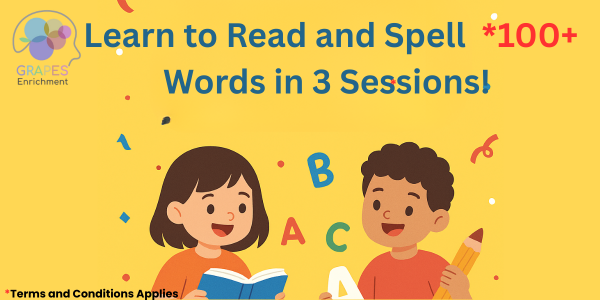



Give your Opinions